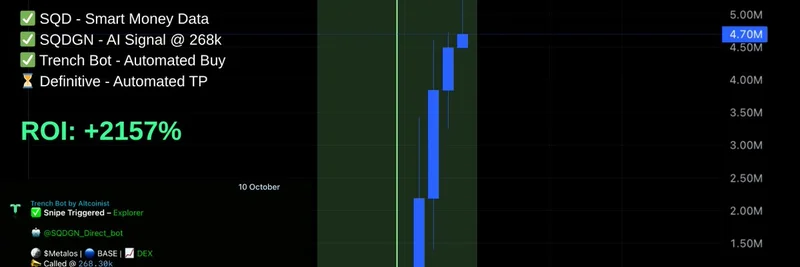Hey there, crypto enthusiasts! If you've been keeping an eye on the Ethereum ecosystem, you might have noticed some interesting chatter on X lately. A post from The Defiant dropped a bombshell: Ethereum's mainnet is still raking in a whopping 90% of the fees for major decentralized finance (DeFi) protocols. Meanwhile, Layer 2 (L2) solutions—those shiny new networks designed to scale Ethereum—are struggling to make a dent. Let’s dive into what this means and why it’s got the crypto community buzzing as of August 2025.
The 90% Fee Dominance: What’s Going On?
Picture this: Ethereum’s mainnet is like the bustling downtown of a city, where all the action happens. According to data from DefiLlama, protocols like Aave and Curve Finance are seeing the lion’s share of their revenue—over 90%—come from this main network. For example, Aave, one of the biggest DeFi lending platforms, pulled in over $65 million in fees in July 2025, with nearly $9 million turning into profit. But here’s the kicker: almost all of that came from Ethereum Layer 1, which holds a massive $29 billion in total value locked (TVL).
Now, compare that to Layer 2 networks like Scroll or Gnosis. Scroll only generated $46,366 for Aave in June—that’s less than $1,500 a day! Gnosis did a bit better with $93,241, but it’s still peanuts compared to the mainnet haul. Curve Finance tells a similar story, with Ethereum pools dominating their $2 million in fees, leaving L2s with just crumbs.
Why Are Layer 2s Struggling?
So, what gives? Layer 2 solutions were supposed to be the heroes of Ethereum scaling, offloading transactions to reduce costs and congestion. But the data suggests they’re not pulling their weight yet. One big reason might be user trust and liquidity. Most people and projects still feel safest parking their money on the mainnet, where the infrastructure is battle-tested. L2s, while innovative, haven’t built up the same level of confidence or cash flow.
Another issue is the cost of deployment. Expanding to an L2 like Scroll or Gnosis isn’t cheap—Aave had to lock up $500,000 in AAVE tokens for Scroll and up to $5 million for Gnosis to support its stablecoin, GHO. When the fees coming back are so low, it’s hard to justify the effort. Some in the community, like Ignas from Pink Brains, are even calling this an “L2 saturation point,” suggesting we might have too many of these networks chasing too little reward.
The Cross-Chain Conundrum
The X thread also sparked some juicy debates. Users like mimic pointed out that “all roads lead to mainnet” and that cross-chain tech is more important than ever. Bridging assets between chains is still a headache—Abdul Azeez noted that moving funds out of less popular L2s can cost $100 or more, or take a week if you’re patient. This lag in bridging tech could be holding L2s back from attracting serious DeFi action.
What Does This Mean for the Future?
So, are Layer 2s doomed? Not necessarily. The tech isn’t failing—it’s just that the economic incentives aren’t there yet. Some argue it’s a user behavior thing: people love the mainnet’s stability and liquidity. Others think L2s need better integration and marketing to pull users in. On forums like Curve’s, there’s even talk of pausing new L2 development to focus on what’s working.
For DeFi projects, this is a wake-up call. Spreading thin across every L2 might not be worth it if the returns are so slim. Instead, they might double down on mainnet or invest in better cross-chain bridges to make L2s more appealing.
Wrapping Up
The Ethereum vs. Layer 2 saga is far from over, and this X thread has opened a fascinating window into the ecosystem’s current state. As of August 2025, the mainnet’s dominance is undeniable, but L2s could still find their footing with the right tweaks. Keep an eye on The Defiant for more updates, and let us know your thoughts in the comments—should projects stick with mainnet, or is the L2 future worth betting on?
If you’re into meme tokens or blockchain trends, stick with Meme Insider for the latest scoops and insights to level up your crypto game!


